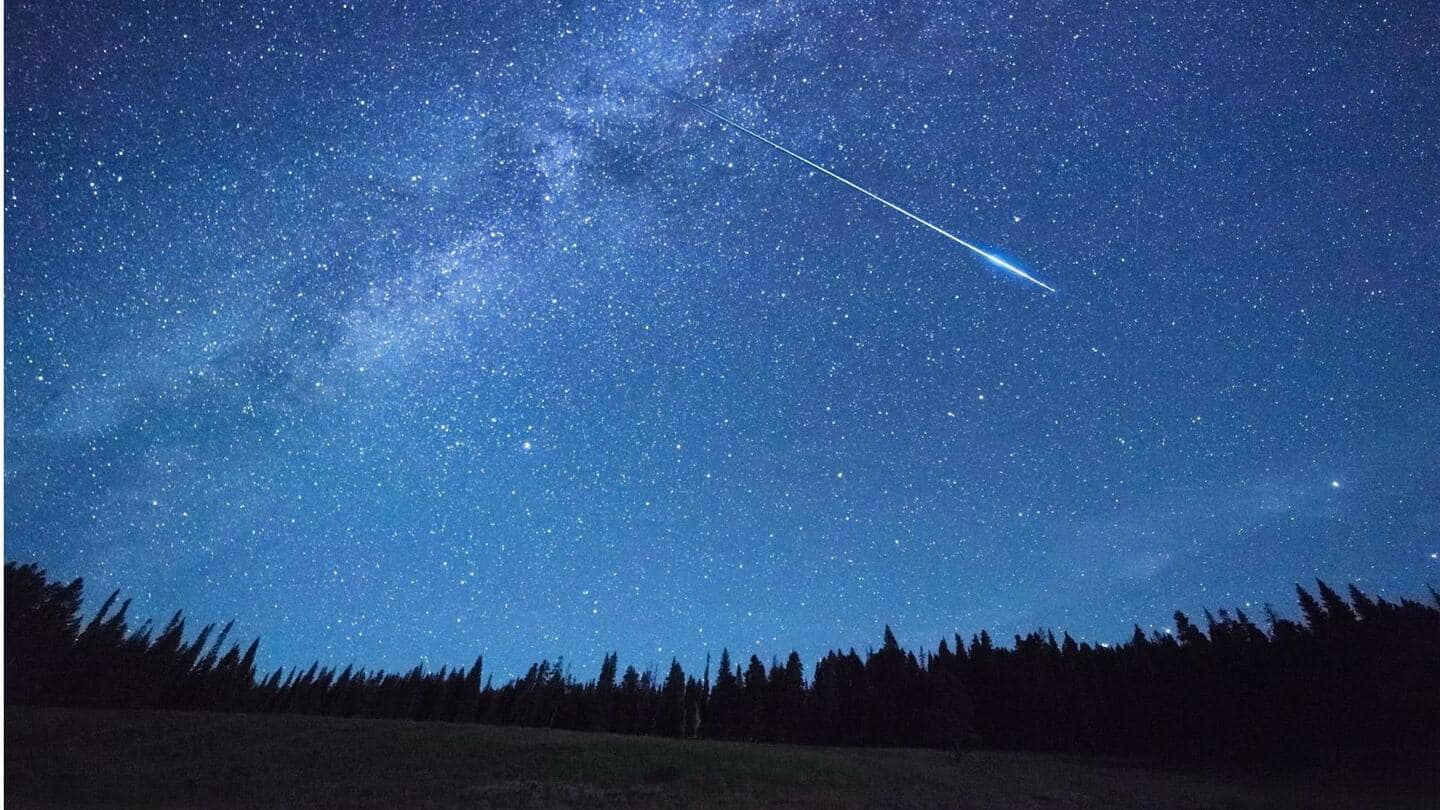
Quadrantids meteor shower 2023: How and when to watch
What's the story
The Quadrantids meteor shower is considered one of the best annual meteor showers. However, unlike other meteor showers, the peak lasts only a few hours. According to TimeandDate, the meteor shower has already commenced and will go on till January 12, 2023. It will peak on January 3-4. Under optimal viewing conditions, up to 200 Quadrantid meteors can be seen per hour.
Context
Why does this story matter?
Quadrantids will be the first meteor shower of 2023. This celestial event is triggered when the Earth's orbit intersects with the trail of debris left by a comet or asteroid. Generally, the parent body of most meteor showers is comets. A point of commonality between the Geminids and Quadrantids meteor showers is that they both originate from asteroids.
Additional details
Quadrantids meteor shower will peak around January 3-4
Quadrantids peak only for a few hours as opposed to the majority of meteor showers which have a two-day peak. The reason behind the short peak time is that there's only a thin stream of debris particles left by the asteroid and because the Earth crosses this trail at a perpendicular angle. The 2023 Quadrantids meteor shower is expected to peak on January 3-4.
Details
The Quadrantids meteor showers are also called Bootids
Quadrantids originate from a small asteroid named 2003 EH1 which measures three kilometers in width, and the asteroid takes roughly 5.52 years to complete one orbit around the Sun. The Quadrantids meteor shower is alternatively known as Bootids, because they emerge from the constellation Bootes. Originally, the Quadrantids were named after a constellation called Quadrans Muralis, which is now extinct.
Information
Quadrantids are brightly-colored due to fireballs
Quadrantids are also famous for their brightly colored fireball meteors. Fireballs originate from larger particles of debris and can hence persist longer than an average meteor streak.
Instructions
How to observe the Quadrantids?
The Quadrantids meteor shower is best visible from the Northern Hemisphere. Spot a dark area, away from any light source. Recline comfortably with your feet pointing toward the northeast. Allow at least 30 minutes for your eyes to get adapted to the night sky. Do not focus only on the constellation Bootes, since the showers will be visible all across the night sky.